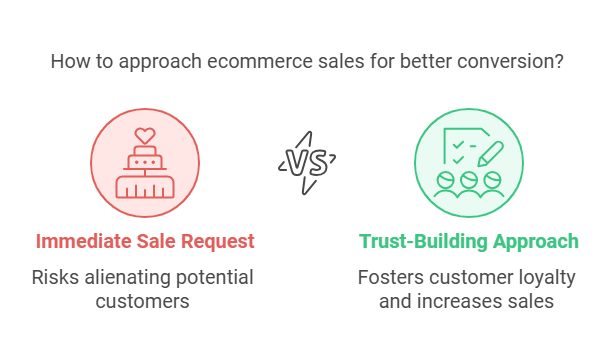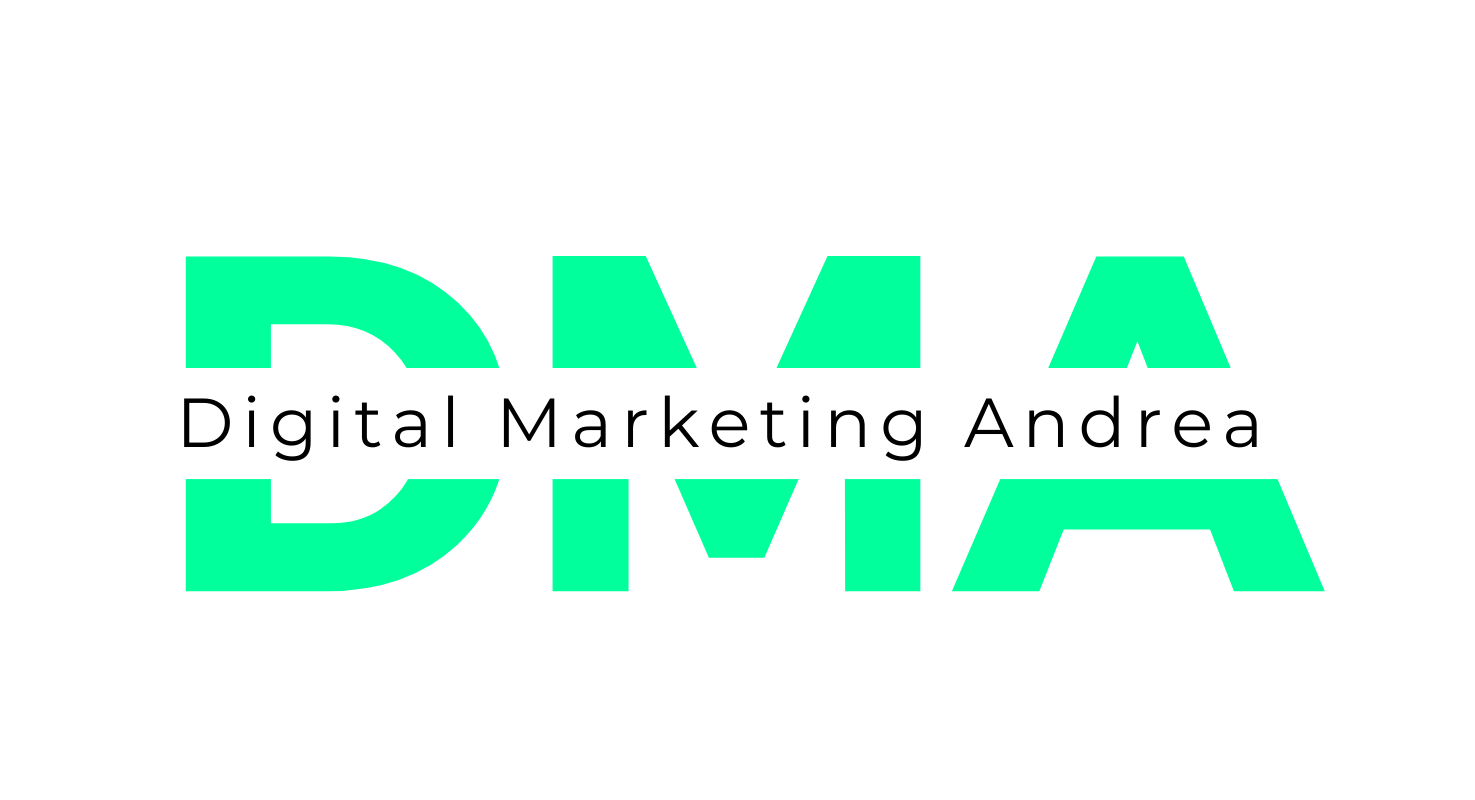Do You REALLY Need Email Marketing?

In the crowded world of digital marketing, businesses are constantly searching for strategies that deliver the best return on investment (ROI). While new trends like social media ads, influencer collaborations, and video marketing dominate the headlines, email marketing remains one of the most reliable, cost-effective, and powerful tools for businesses to connect with their audience and drive results. The reality is simple: email marketing is not just relevant—it’s essential. For businesses aiming to build relationships, foster customer loyalty, and achieve scalable growth, this strategy is unmatched in its ability to engage customers directly. If you’ve ever wondered whether email marketing is right for your business, this article will provide a comprehensive guide. From its benefits to how it works, and how to start, let’s explore why email marketing deserves a prominent spot in your marketing plan. Why Do You Need Email Marketing? The question isn’t whether email marketing works—it’s why you can’t afford to ignore it. With the rise of social media platforms like Instagram, TikTok, and Facebook, you might think these are better alternatives to connect with your audience. However, these platforms are governed by algorithms that can drastically limit your organic reach. In contrast, email provides direct access to your audience—delivered straight to their inbox. Key Benefits of Email Marketing High ROI: Did you know that for every $1 spent, email marketing delivers an average ROI of $36? This places it far ahead of other marketing channels in terms of cost-effectiveness. The reasons behind this impressive ROI are numerous, but the bottom line is that email marketing delivers a significant financial impact for the investment made. Direct and Personal Communication: Email communication allows for a more intimate, personalized connection with your audience. Through carefully crafted messages and audience segmentation, you can speak directly to the unique needs and interests of individual subscribers. Ownership of Your Audience: Unlike social media platforms, where your followers are technically owned by the platform, your email list is a business asset you control. You own this data and are therefore not subject to the ever-changing algorithms or restrictive terms of service that can suddenly limit your reach on social media. Building Long-Term Relationships: With consistent, meaningful communication, email marketing allows you to nurture customer relationships over time. Whether it’s providing useful content, offering exclusive discounts, or sharing company updates, you can transform casual customers into dedicated brand advocates.. Scalability for Businesses of Any Size: Whether you’re a solo entrepreneur or running a multinational company, email marketing scales effortlessly. Sophisticated automation tools and analytics dashboards make managing and optimizing campaigns efficient, regardless of the volume.. If your business isn’t leveraging email marketing, you’re missing out on one of the most effective ways to grow your audience, improve retention, and boost revenue. What is Email Marketing? At its core, email marketing is the process of using email to connect with your audience, share valuable content, promote products or services, and drive sales. But it’s more than just sending promotional emails—it’s about creating meaningful interactions that align with your audience’s needs and interests. The Core Components of Email Marketing To understand how this strategy works, it’s helpful to break it down into its fundamental elements: Your Email List: A strong email marketing strategy begins with your list of subscribers. These are individuals who have opted in to receive communications from your business. Building this list organically is key to ensuring engagement and compliance with data privacy laws. Content That Provides Value: Successful campaigns don’t just sell—they provide value. This could include: Sharing useful tips, tutorials, or guides. Announcing new products or services. Delivering exclusive discounts or offers. Offering behind-the-scenes insights or company updates. Segmentation for Personalization: Segmentation involves dividing your list into smaller groups based on criteria such as demographics, purchase history, or behavior. This allows you to send targeted emails that resonate with each segment. Automation to Save Time: Automation tools let you send timely, relevant emails without manual intervention. For instance, welcome emails, abandoned cart emails, or birthday offers can all be automated based on triggers. Tracking and Analytics: Most email marketing platforms offer detailed analytics, such as open rates, click-through rates, and conversions. These insights help you refine your strategy and improve results over time. Why Email Marketing Works So, why does email marketing remain such a powerful tool? Let’s look at some of the reasons this channel continues to deliver exceptional results: 1. Direct and Personal Communication Social media platforms can be noisy, and your posts might get lost in the shuffle. Emails, on the other hand, land directly in your audience’s inbox. With personalization features, you can tailor messages to each recipient, making them feel valued. 2. Customer Retention Made Easy A well-planned email strategy helps you stay connected with your audience. By providing consistent value—whether through useful content, special offers, or regular updates—you can turn one-time customers into lifelong brand advocates. 3. Building Trust and Authority By regularly sharing helpful information, you position yourself as a trusted expert in your field. Trust is one of the most important factors in building long-term customer relationships, and email marketing excels in creating it. 4. Boosting Conversions and Sales Emails are one of the most effective channels for driving conversions. With compelling calls-to-action (CTAs), time-sensitive offers, and personalized product recommendations, you can guide your audience toward making a purchase. Types of Email Marketing Campaigns Email marketing can be incredibly versatile. Here are the most common types of campaigns you can use to engage your audience: 1. Welcome Emails: When a new subscriber joins your list, a welcome email provides an opportunity to make a great first impression. It allows you to introduce your brand, set expectations for future communications, and often includes a special incentive to encourage their first purchase or engagement with your brand 2. Newsletter Campaigns: Newsletters are a consistent way to keep your audience informed and engaged. Share your latest content, company updates, industry insights, and promotions with subscribers who value these regular communications. 3. Promotional Emails: These campaigns
Would you say “yes” to a marriage proposal from someone you just met?

Would you say “yes” to a marriage proposal from someone you just met? Of course not! You’d want to get to know them first. That’s exactly how your website visitors feel when you ask for a sale on their first visit. Instead of pushing for the sale right away, try this: Offer a free resource (e-book, guide, or discount). Showcase social proof like reviews and testimonials. Help them learn about your product with helpful tips or blogs. The key is to build trust and connection first. Once you’ve done that, the sales will come naturally.
What if your marketing could create loyal customers who never stop buying?

What if your marketing could create loyal customers who never stop buying? Ecommerce isn’t just about selling products—it’s about creating a digital marketing system that works for you.Here’s how it works: Attract: Use social media, SEO, and ads to get in front of the right people. Convert: Turn browsers into buyers with persuasive copy and optimized funnels. Engage: Build loyalty with retargeting, email marketing, and exceptional service. This system generates lifetime demand and keeps your customers coming back. Start building yours today!
Is your conversion funnel building your business—or draining your budget?

Is your conversion funnel building your business—or draining your budget? As an e-commerce business owner, your goal is simple: attract more valuable customers while spending less to acquire them. Here’s how to achieve a high-performing conversion funnel: Attract the right audience: Use targeted ads to drive traffic from those most likely to buy. Optimize your website: Make the shopping experience seamless with clear navigation and fast loading speeds. Create irresistible offers: Discounts, free shipping, or bundles work wonders. Track and improve: Use analytics to identify leaks and optimize every stage of your funnel. Retain your customers: Use tools like email marketing and loyalty programs to encourage repeat purchases and increase lifetime value. A well-optimized funnel doesn’t just bring customers—it builds relationships.
Struggling to sell your products online?

Struggling to sell your products online? The reason many ecommerce stores struggle isn’t their product—it’s their audience. If you’re not clear on who your ideal customer is, your marketing will miss the mark.Let’s fix that! To identify your ideal customers, start by asking yourself these 4 key questions to define your ideal customer. When you answer them, you’ll create marketing that connects and converts Who are they? What are their demographics and interests? Where do they hang out online? Instagram? TikTok? Facebook? What problems do they face?What solutions are they seeking? What do they desire?Convenience? Confidence? Inspiration? Once you have these answers, you’ll stop wasting time marketing to everyone. You’ll create focused campaigns that speak directly to the people who need your products. Ecommerce success isn’t about shouting louder—it’s about speaking clearly to the right people.
